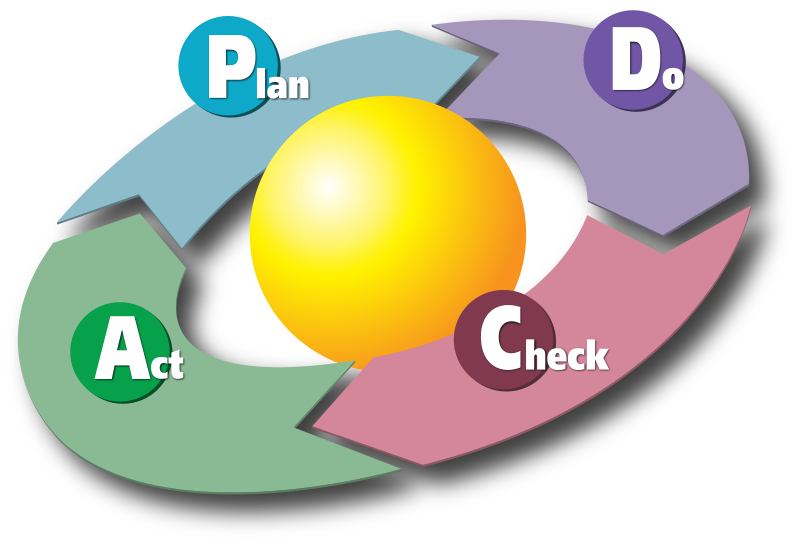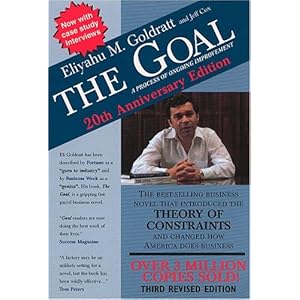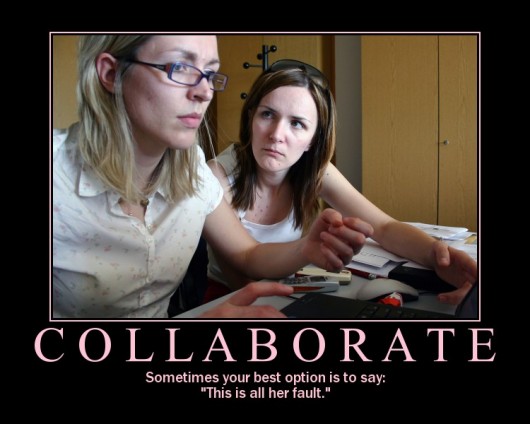I have created many kanban style boards for managing specific areas of my life, such as my own career and skills development, moving house, preparing for 400km cycle rides and starting my own company. Kanban really helped me pull in and evaluate other ideas to build on how I work and help me become more effective.
Kanban is not a solution or silver bullet in itself, but this simple to use techniques allow you to develop an effective way to manage, to help you get things done!
Awareness
Just being aware of your circumstances is a major advancement for most individuals and organisations. It is all to easy for us to get too wrapped up in today's deadline without thinking of other concerns (such as if todays deadline is actually of value and if you are doing the right thing to maximise that value).
Managing myself
It is often so much easier managing and advising other people than it is to manage yourself. This is perhaps in part why CxO roles have personal assistance - a service that we could all use to help us focus. As a consultant I feel that psychologically it is much easier to work with a customer to help them improve than it is to help myself improve. Part of that ease is the excitement of learning something new and part is that I am working with someone else.
Through personal kanban and associated lean techniques I have found my own way to manage myself effectively without adding any sense of burdon. Psychologically, I now rarely find it a chore to manage myself as I can easily balance the time I spend being creative with the time I need to focus and deliver value. I can make lots of small decisions throughout the day as to what I need to do to meet my goals, giving a great deal of flexibility.
I can also quickly see what I have achieve and this gives a great boost as when we are busy we often forget the great things we have achieved that day.
Managing others
No one likes to be micro-managed and all good managers dont actually like to micro-manage people. So kanban can be used to focus groups of people (eg. project teams if you use them) towards a particular goal or business vision. Kanban allows the group to not only be a part of the decision process of how to achieve these goals, but also visualise how effective those decisions are with respect to those goals.
At any time, if there is a valuable reason the decisions taken previously could be changes or adapted to move with wider changes in the organisation.
I feel that kanban can be used to help drive progress towards goals very effectively, leading to real management by everyone, or as I like to call it - leadership.
Getting people to help - collaborative delegation
Kanban is a technique that shows real strength when it encourages people to collaborate and I have experience of kanban being a trigger to help cultural change. By encouraging people to get involved, to use the knowledge and experiences to the full, to challenge them and make them much more responsible for the work they do really drives a sense of meaning within them.
There is no need for motivational posters when people love the work they do, the way they work and know that the are delivering real value to the organisation every day. People like to feel part of something bigger and get a kick from helping other
In Summary
Kanban is a great technique once you understand its context, and used with lean and kaizen ideas it is one of those things that really reflects what you put into it. Like any good relationship, if you care about your kanban board it will care for you in return.















